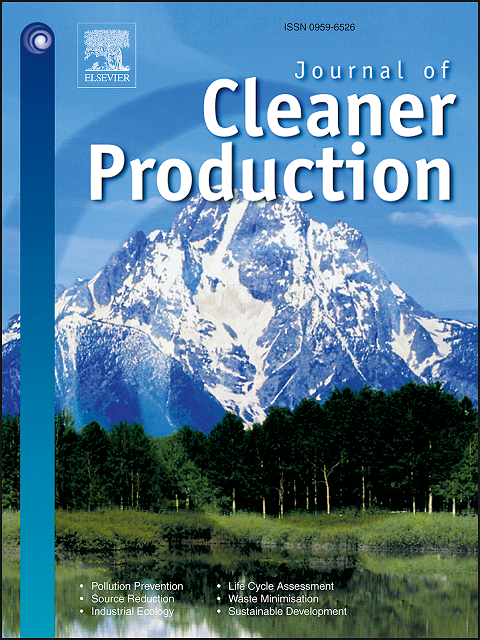This methodological concept has now been applied to a set of Styrian dairy farms from the Mur and Mürz valleys in order to evaluate their eco-efficiency and identify opportunities for improvement. The results of the study were published in March 2022 in the Journal of Cleaner Production.
The dairy farm data comes from 2018 and includes a set of 44 dairy farms, 21 of which are farmed organically and 23 conventionally.
The result of the eco-efficiency assessment shows that 23 companies are already operating eco-efficiently. Among the non-ecoefficient farms (n=21) there are six organic and 15 conventional farms. It was shown that organic dairy farms in the study region have a significantly higher average eco-efficiency than conventional farms.
To improve the eco-efficiency of the 21 non-eco-efficient farms, specific management options were derived that target different hotspots on dairy farms. Some of these management options are exemplified in Table 1.
Table 1: Examples of management options for different hotspots on dairy farms
| Hotspot | Management option |
|---|---|
| Greenhouse gas emissions | Reduction of the animal population |
| Resource consumption | Reduction of purchased concentrated feed |
| Eutrophication | Optimize protein content in feeding |
| Ecotoxicity | Reduction of purchased concentrated feed |
| Revenues | Increase in the amount of milk sold |
| Cost | Reduction of purchased concentrated feed |
As can be seen in Table 1, the purchase of concentrated feed is a key variable that affects many hotspots on dairy farms. Table 1 also shows that the path to greater eco-efficiency can involve conflicting goals (e.g. reducing greenhouse gases by reducing the number of animals and at the same time increasing revenues by selling more milk). There is therefore no “one-size-fits-all” concept when it comes to improving eco-efficiency. Instead, there is always a farm-specific path that depends on the status quo of the farm and the farmers' decision to position the farm between the poles of input minimization and output maximization.











